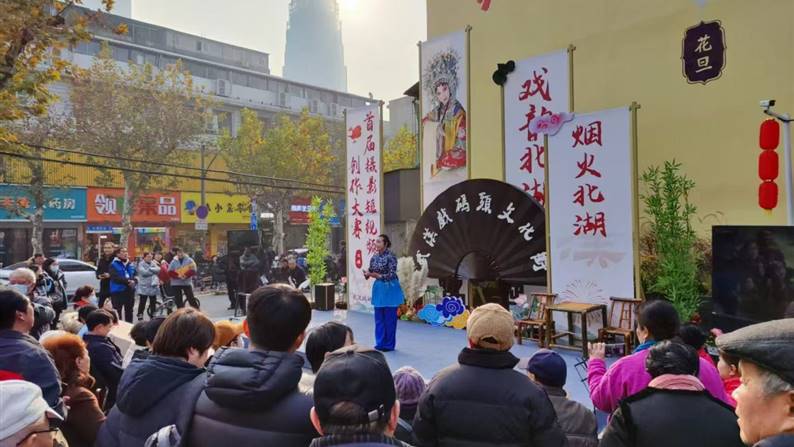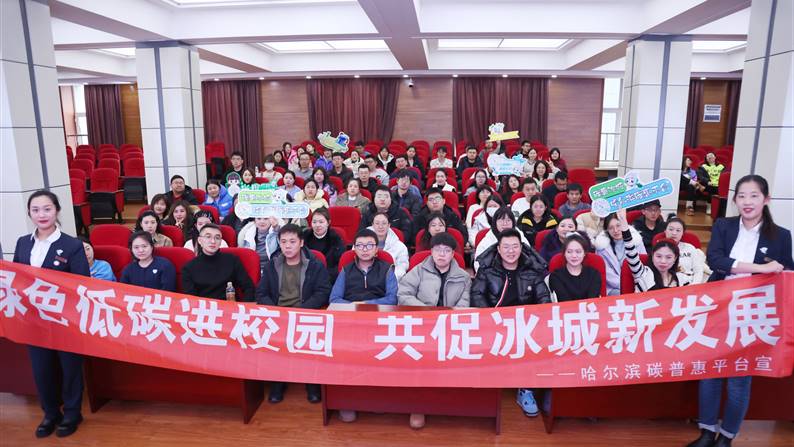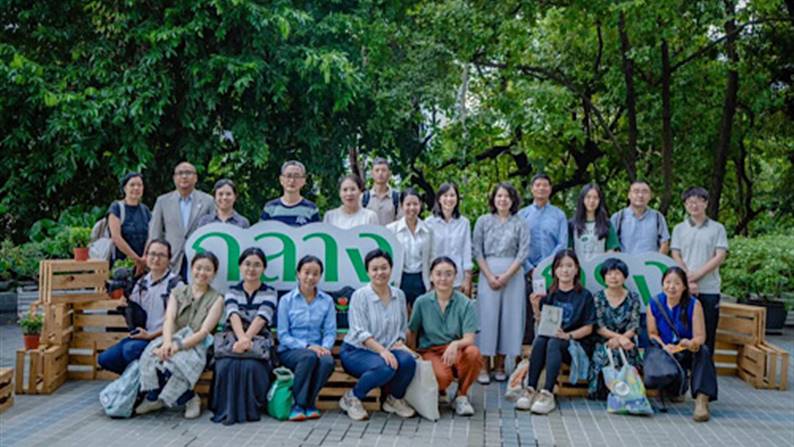

5G, an epoch-making communication technology, may disrupt the information field known or reached by mankind. 5G has brought China to the forefront of the world in the field of communication technology for the first time, and the limelight is booming.
Distributed photovoltaic (PV) is a new way of energy supply formed by using solar energy technology and the roof of existing buildings. It is quietly changing the energy supply structure of global industry and commerce, and is known as one of the core technologies of the third industrial revolution. China's distributed PV installations, the world's largest, are unstoppable.
The cross-boundary integration dominated by scientific and technological progress has become the innovation theme of the current era. For example, the traditional catering industry meets Meituan, the taxi industry meets Didi, the trade and retail industry meets Taobao, and the mobile phone meets the Internet. 5G and distributed photovoltaic are quietly realizing a seemingly accidental but inevitable connection, creating a spark of innovation in The Times.
5G base station construction is in trouble
When it comes to 5G, the first thing that comes to mind is the boost it will bring to mobile phones and communications. In fact, compared with 4G technology, 5G technology is not only faster, but also has placed itself in a vast technological and industrial pattern of countless times, and integrated with many vertical industries, such as driverless driving, urban transportation, e-commerce shopping and so on, which will produce extremely extensive economic and social effects. At present, insiders generally believe that 5G will push mankind into the era of the fourth Industrial revolution faster.
However, the development of 5G will not be smooth sailing. Strictly speaking, there are many difficulties, the most prominent of which are "difficult expansion" and "high power cost".
1. Expansion is difficult
Compared
with 4G, 5G requires more dense base stations, which puts forward higher
requirements for network planning, base station site selection, facility
construction and power guarantee, etc., and may even have a subversive impact
on communication infrastructure planning in some areas. Rolling out 5G to an
area of 9.6 million square kilometers, covering one billion people, will be one
of the biggest communications upgrading projects ever undertaken by mankind. It
is expected that by the end of 2019, China will have more than 130,000 5G base
stations in operation, while the world's second largest tower company will only
have more than 130,000 towers in total. In addition to the huge infrastructure
investment, the dense site will also bring a series of derivative problems to
urban planning and landscape.
Therefore, based on the current upgrading of tower and base station, distributed PV will become the inevitable choice for intensive society and environmental expansion. China Tower Corporation has accumulated nearly 2 million towers and will continue to play an irreplaceable role in the 5G era.
2. High cost of electricity
The core of 5G popularization speed lies in the universality of terminal tariff. And the decline of tariff, lies in the control of operating costs. Due to its unique operational characteristics, the signal needs to be uninterruptible output, so each tower must be equipped with "uninterruptible power supply", which forms the biggest "roadblock" in the current development of 5G -- high energy consumption cost. According to statistics, the electricity cost of telecom operators in the 5G era will be 6-12 times that of the 4G era, which is expected to account for more than 40 percent of the operating cost of 5G base stations. The large increase in power consumption and electricity cost will undoubtedly increase the operating pressure of operators. In addition, considering that China is still dominated by thermal power generation, which accounts for more than 70% of the national electricity generation, in the case of large-scale electricity demand of 5G base stations, the electricity tariff and environmental pollution can not be underestimated.
5G and distributed PV are natural "perfect match"
5G and distributed PV are both natural attributes and business forms of decentralization. Compared to the centralized communication in the 4G era, 5G is a distributed communication mode. Compared with thermal power stations or centralized power stations, distributed PV is multi-flowering and self-sufficient. The subversive significance of 5G and distributed PV is to develop the original "big corps warfare" in the industrial field into "peacock warfare".
Distributed energy is characterized by reasonable utilization of energy efficiency, small loss, less pollution, flexible operation and good system economy. It is one of the effective ways to alleviate the severe power shortage situation and ensure the implementation of sustainable development strategy, with huge development potential. First of all, distributed photovoltaic is used to create a new energy-saving and environmentally friendly green tower base station, which improves the backup power supply guarantee ability of the communication base station and prevents the tower from being affected due to unexpected power shortage. Secondly, by making full use of the idle roof or land of the base station, the operation cost and production electricity cost of the tower can be greatly reduced. Finally, the highly decentralized features of 5G base stations fit perfectly with distributed PV, which can greatly reduce the country's power infrastructure investment and help 5G serve the society and users with the lowest cost, maximum coverage and maximum efficiency.
Recently, Liansheng New Energy, a leading distributed photovoltaic enterprise, and China Tower Heyuan Branch officially reached a cooperation to build the first 5G green tower base station in China. Liansheng New Energy invests distributed photovoltaic power station to provide energy saving and emission reduction services and clean energy guarantee for tower and base stations. The total installed capacity of the first batch of projects is about 11.76MW, covering more than 1000 high energy base stations. The construction has officially started in November. This project is not only another powerful exploration of "photovoltaic +" mode, which will further extend the application field of solar energy, but also lay a good clean energy foundation for the popularization of 5G application in the future.
He Yisha, chairwoman of Liansheng New Energy Group, said that in today's China, the development and innovation of any industry will not come at the expense of the environment and non-renewable energy. We salute Guangdong Tower and Heyuan Tower for their strategic vision and forward-looking layout.
Lian sheng new energy co-founder and chief China Tian Dayong said that in the future, Lian sheng new energy will be hand in hand China tower more areas of the company to explore "photovoltaic + tower" energy reform mode, in a more diversified forms of new energy power tower of China energy conservation and emissions reduction, realize the unification of the economic benefit, environmental benefit and social benefit.
We are yearning for green, yearning for 5G, but more for green 5G.
5G,一项拥有划时代意义的通信技术,它可能颠覆人类目前已知或已达的信息领域。5G,使中国第一次在通信技术领域走到了世界前列,风头正劲。
分布式光伏,一种利用太阳能技术和现有建筑屋顶而形成的新能源供给方式,正在悄然改变全球工商业的能源供给结构,被誉为第三次工业革命的核心技术之一。中国的分布式光伏装机量位居全球之首,势不可挡。
以科技进步为主导的跨界整合,已成为当前时代的创新主题。例如传统餐饮业遇到了美团,出租车业遇到了滴滴,商贸零售业遇到了淘宝,手机遇到了互联网。5G和分布式光伏,也正在悄然实现着某种看似偶然实则必然的联系,擦出时代创新的火花。
5G基站建设困局
谈及5G,人们最先想到的是它给手机和通讯带来的推动。事实上,与4G技术相比,5G技术不只是速度更快,还具备了置身于一个广阔无数倍的技术与产业格局中,与众多垂直行业融合发展,比如无人驾驶、城市交通、电子商务购物等等,产生极为广泛的经济和社会效应。目前来看,业内人士普遍认为5G将推动全人类更快地步入第四次工业革命的时代。
然而,5G的发展也并非会一帆风顺,严格意义上说是困难重重,其中最突出的就是“扩张难度大”和“电力成本高”两大难题。
1. 扩张难度大
相比4G,5G所需要的基站更密集,对网络规划、基站选址、设施建设、电力保障等都提出了更高要求,甚至可能对部分地区的通信基础设施规划出现颠覆性影响。在九百六十万平方公里的国土上普及5G,覆盖十数亿人群,将成为人类迄今为止最庞大的通信升级改造工程之一。预计2019年底,中国5G基站开通数量就将超过13万个,而世界第二大铁塔公司铁塔总数也不过13万多个。除了巨额的基础设施投资外,密集站址也将对城市规划和市容景观带来一系列的衍生问题。
因此,基于当前铁塔和基站的升级改造,分布式光伏将成为集约型社会和环保型扩张的必然选择。中国铁塔公司已经累计拥有近200万座铁塔,在5G时代将继续担当不可替代的主力角色。
2. 电力成本高
5G普及速度的核心,在于终端资费的普惠性。而资费的下降,在于运营成本的控制。由于其独特的运营特征,信号需要不间断输出,因此每个铁塔必须配备“不间断电源”,这也就形成了当前5G发展中最大的“拦路虎”——高耗能成本。据统计,在5G时代,电信运营商的电费成本将是4G时代的6-12倍,预计将占5G基站运营成本的40%以上。功耗与电费的大幅度增加,无疑将会大大增加运营商的运营压力。另外,考虑到我国仍以火力发电为主——占全国发电量70%以上,在5G基站大规模用电需求的情况下,其产生的电力资费和环境污染不容小觑。
5G与分布式光伏是天然的“绝配”
5G与分布式光伏,都是分散式的天然属性和业务形态。相对于4G时代的集中通信,5G是分布式的通信模式。而相对于火电站或者集中式电站,分布式光伏则是多点开花、自给自足。5G和分布式光伏的颠覆意义,都是将原本产业领域的“大兵团作战”发展为“麻雀战”。
分布式能源,具有能效利用合理、损耗小、污染少、运行灵活、系统经济性好等特点,是缓解严重缺电局面、保证可持续发展战略实施的有效途径之一,发展潜力巨大。首先,利用分布式光伏打造节能环保的新型绿色铁塔基站,提高了通信基站后备供电保障能力,防止铁塔因意外供电不足导致基站功能受到影响。其次,通过充分利用基站闲置屋顶或土地,实现铁塔运营成本和生产电费的大幅降低。最后,分布式光伏与5G基站的高度分散化特征完美契合,可极大的降低国家的电力基础设施投资,协助5G以最低成本、最大覆盖、最高效率服务社会和用户。
近日,分布式光伏领军企业联盛新能源与中国铁塔河源市分公司正式达成合作,打造国内首批5G绿色铁塔基站。由联盛新能源投资分布式光伏电站,为铁塔基站提供节能减排服务和清洁能源保障。首批项目装机总规模约11.76MW,覆盖超过1000个高耗能基站,已于11月正式开工建设。该项目不仅是“光伏+”模式的又一次有力探索,将太阳能应用领域进一步延展,同时也为未来5G的应用普及奠定了良好的清洁能源基础。
联盛新能源集团董事长何旖莎表示,今天的中国,任何产业的发展与创新,都不会以牺牲环境和不可再生能源为代价。我们对广东铁塔及河源铁塔卓越的战略眼光和前瞻性布局表示由衷的敬意。
联盛新能源联合创始人及中国区总裁田大勇表示,未来,联盛新能源将携手中国铁塔更多的区域公司探索“光伏+铁塔”的能源改革模式,以更多样化的新能源形式助力中国铁塔节能减排,实现经济效益、环保效益与社会效益的统一结合。
我们向往绿色,向往5G,更向往绿色的5G时代。

打造绿色低碳街区,奏响幸福美好生活最强音
10-18 · 来源:湖北省武汉市江汉区北湖街道环保社区 · 作者:湖北省武汉市江汉区北湖街道环保社区

“碳惠冰城”:东北首个市级平台的“双碳”实践与冰城示范
10-15 · 来源:哈尔滨产权交易所有限责任公司 · 作者:哈尔滨产权交易所有限责任公司

亚洲气候治理新篇章:中国公益代表团参访曼谷气候周,探索跨区域合作新路径
10-10 · 来源:公益时报 · 作者:公益时报